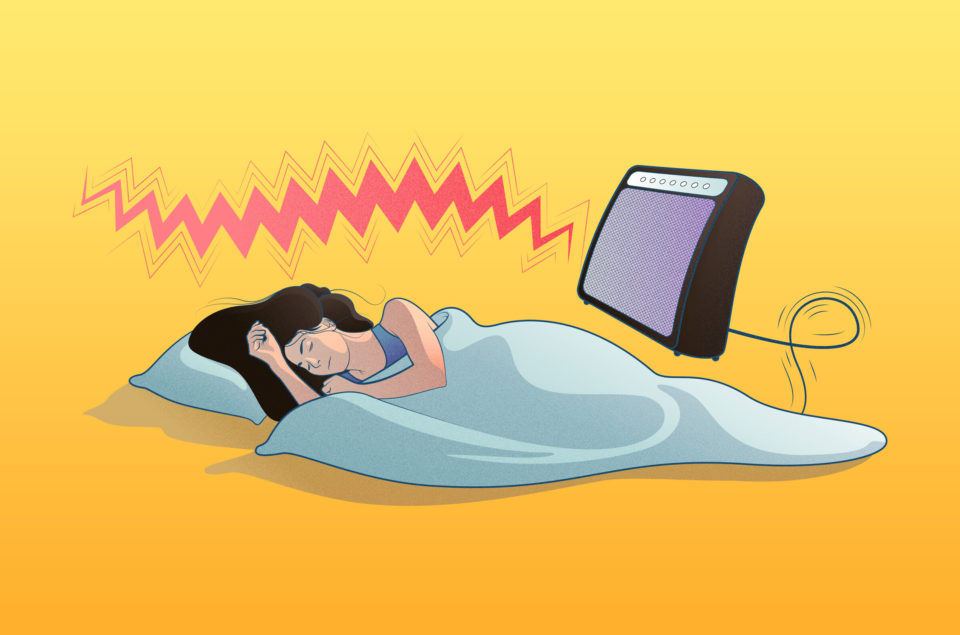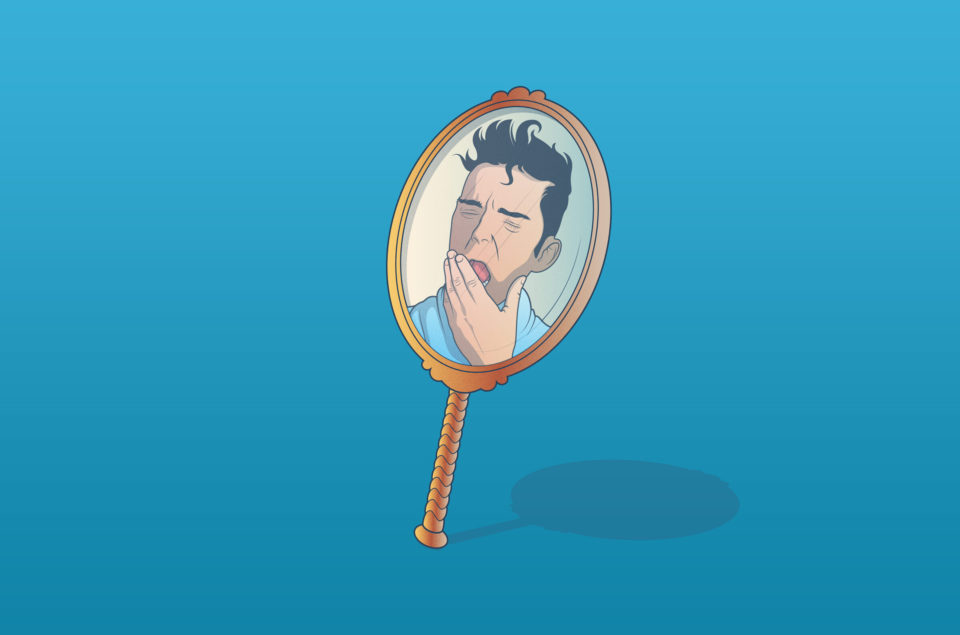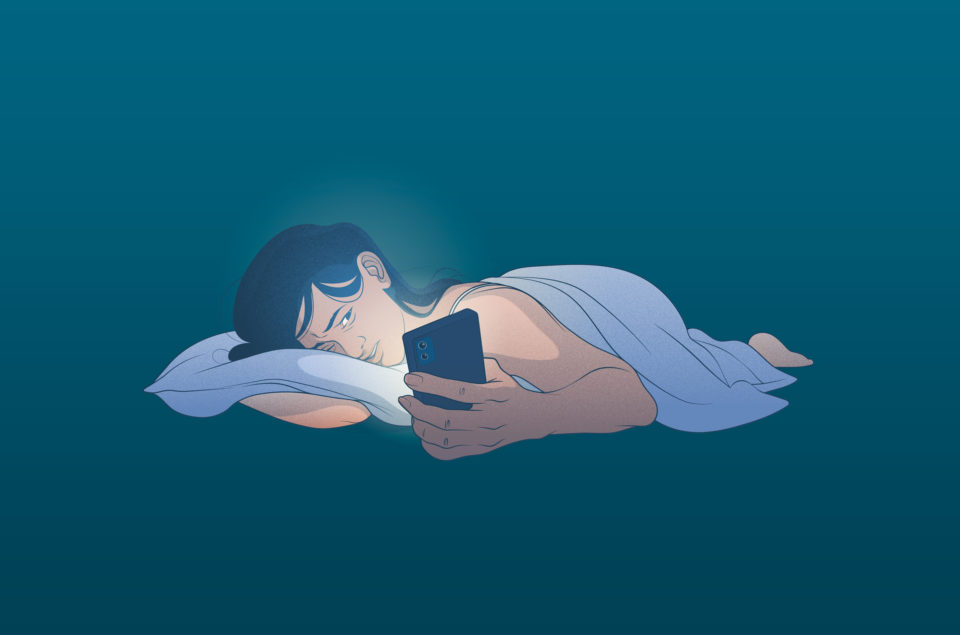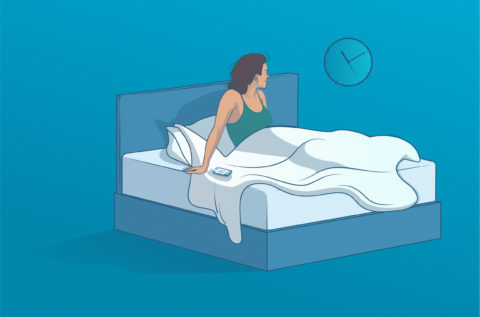Most of us are fairly well-versed with the classic definitions of night owl /morning lark chronotypes – a person’s tendency to sleep or feel more alert and awake at a certain time of the day. First studied in the 1970s, chronotypes play a key role to understand your sleep schedule and how your energy fluctuates throughout the day. This biological feature is closely related to the circadian rhythm. But while the circadian rhythm regulates the sleep-wake cycle and enables the body to carry out functions through the whole 24-hour period, chronotypes indicate when all these processes occur, defining both your activity levels and your bedtime.
However, even with the general acceptance that chronotypes are part of our biological and genetic make-up, in practice, very few adjustments are done to our day-to-day schedules to accommodate this. We argue that knowing your chronotype and the rhythm connected to this will help unleash your full potential and understand how you can perform at your very best!
What’s your chronotype? The answer is in your genes
Chronotypes depend, among other factors, on age, environment, and mainly on genetics. A 2016 study concluded that they are likely defined by the length of the PE3 gene, a gene that defines our circadian patterns. Someone with a longer PER3 gene tends to be the ‘first to bed, first to rise’ type, and those with shorter PER3 genes are those you’d class as a night owl.
Consequently, chronotypes explain more than just sleep patterns and sleep time needed and have a strong influence on hormone levels, body temperature, and metabolism. And because of this genetic component, sleep experts also agree that trying to change your chronotype on purpose may be challenging and not very effective.
Therefore, if you feel your sleep is affecting your productivity and general health, it’s advisable to consult a physician. Pay attention to your sleep habits, subsequent dips and peaks in productivity, when you naturally start feeling tired or sleepy, and when you wish to wake up instead of being ‘jolted’ awake.
The 4 major chronotypes explained
It is possible to find different questionnaires that can help you know your chronotype based on your sleep habits, meal timing, energy levels throughout the day, among other. For example, the Munich Chronotype Questionnaire (MCTQ), which helps rate your chronotype, identifies up to 7 different chronotypes on a spectrum between ‘Extreme Early’ to ‘Extreme Late’. However, in his book ‘The Power of When’, Dr. Breuss famously distills this into 4 distinct types: The Lion, The Bear, The Wolf, and The Dolphin. He categorized them as animals, abandoning the feathered friend comparison (larks, owls & hummingbirds) as a nod to the fact that we are mammals, not birds.
The Lion chronotype
They tend to be sticklers regarding their sleep routine (early to bed and early to rise) and it serves them well. Characteristics noted in Lions are that they are disciplined, optimistic, goal-driven, and tend to be good sleepers. Lions are essentially the ultimate morning lark.
The Bear chronotype
They typically have inconsistent sleep routines and also closely follow a solar schedule. They will build up sleep debt during the working week and then catch up on sleep at the weekends. If this sounds familiar, it’s because this chronotype is applicable to over half of the population. As Bears can push through from morning to late in the evening, their circadian clock can often be out of sync, leading to fatigue in the long-term.
The Wolf chronotype
They would be what you’d class as a night owl. They prefer a later start to the morning and are at their most creative and productive later in the evening. Regular work and school times are difficult for Wolves as they tend to stay up later in the evenings, which can lead to sleep deprivation.
The Dolphin chronotype
Dolphins are restless sleepers as their brain activity and alertness tend to increase at night. Their circadian rhythm is simply reversed. And often chronic insomniacs fall within this category. Dolphins tend to be tired during the day with nervous energy at night time, waking up frequently.
How knowing your chronotype can help you boost your productivity
In a world where schedules are often designed for early birds, late chronotypes may find themselves not as productive or efficient, often burdened with social jetlag, as it takes them time to get over sleep inertia (the feeling of “grogginess”). A study on the effects of chronotype on cognitive and physical performance whilst performing tasks earlier in the day revealed evidence to support the notion that ‘night owls or wolf chronotypes’ are compromised earlier in the day, further supporting the idea that schedules should be adapted to allow for the disadvantage created when tasks are set early morning for a late-night chronotype. A further study looking at students’ chronotypes and their academic performance, data suggested that aligning the institution’s class schedule to individual chronotypes to optimize both academic performance and student health was a critical issue in improving higher education.
However, the last two years of working remotely and distance learning has presented a golden opportunity for those that may find the early mornings difficult, as it has cut out a commute and effectively given more time earlier in the day. However, for late evening chronotypes, it may have also erased the boundaries between work and free time, resulting in an increase in sleep problems during the pandemic, according to a study. This same research insists on the importance of a more flexible work schedule, which would benefit and allow a better adjustment of sleep-wake behavior for this kind of chronotype.
Regardless, every chronotype presents its own strengths and weaknesses. Knowing your chronotype will help boost your productivity and be more efficient. It will also help you know optimal times to take a break and rest:
| Peak Productivity | Breaks – Rest | |||
| Lion | Early in the morning (focus on critical tasks at that time) | Avoid important meetings and tasks after lunch. Energy fades in the evening. | ||
| Bear | Mid-mornings (schedule meetings at that time) | Starting slow. Losing steam after lunch (less intense/creative tasks) | ||
| Wolf | Late afternoon – evenings (most demanding tasks after dinner) | Quick breaks between tasks to recharge. | ||
| Dolphin | Ease into the day – more intense tasks later on. | Productivity hits randomly. Unwind at bedtime. |
Strategies to set a schedule that works for you
It may not be easy to fully merge work schedules with individual chronotype awareness. So, how can you work out your chronotype and the type of sleep schedule you’d need to feel at the top of your game? Setting a sleep and work schedule that you stick to can be key to feeling reenergized:
- Work out hours where you feel you’re most creative and set your sleep and rest time around this.
- Stick to the same sleep schedule even at the weekends.
- Signal to yourself especially if working from home, when your work is done by perhaps taking a walk or winding down.
- Caffeine: Similarly to how you should avoid caffeine later in the evening, you may also want to avoid caffeine first thing in the morning if you are waking up earlier than you’re naturally disposed to.
- Your last meal of the day should occur 3 hours before bedtime, so as not to interfere with your sleep.
- Adapt your social schedule – can you meet people when you’re at your peak, instead of pushing it to late evenings?
- Petition and highlight to your place of work the value of keeping buffer zones for schedules – so for example, only scheduling meetings between 9am to 16pm. But allowing people the choice to work between say 7am to 16pm or 9am – 18pm. This could effectively cater to a wider range of chronotypes.
Instead of fighting against a schedule that doesn’t fit your body’s natural rhythm, recognizing and knowing your chronotype can help you find a routine in which you can make the most of your day and feel more rested, ready to take on your day – whenever that starts!
Learn more about your sleep patterns. Try Sleep Cycle Premium for free










